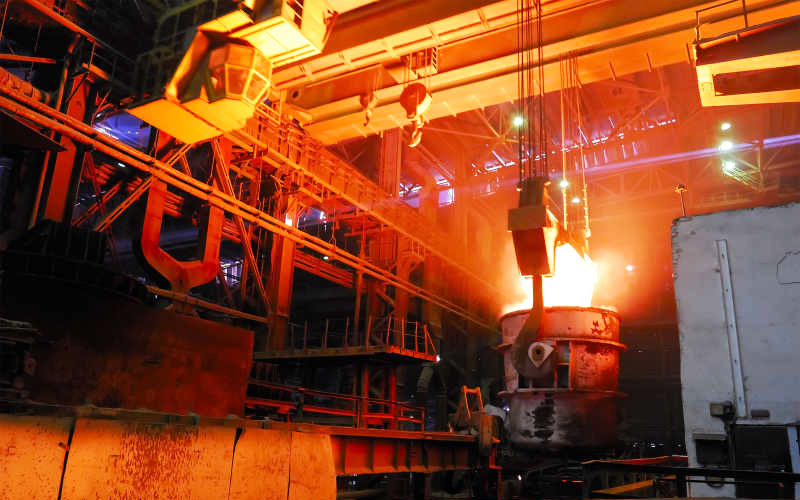Nowadays, most foundry manufacturers use the lost foam casting and sand casting. What are the advantages of lost foam casting compared with sand casting? According to the comparison between sand casting and EPC process, EPC has eight advantages: wide production range, high precision and standard shape, suitable castings can reduce operating cost, short cleaning time, suitable for mechanized production, easy to find workers to organize production quickly, high casting efficiency and high customer satisfaction!

The molding material used in sand casting is cheap and easy to get, and the mold manufacture is simple, which can adapt to the single production, batch production and mass production of castings. For a long time, it has been the basic technology in casting production.Sand casting is used to produce metal components of a variety of complex geometries. These components can vary widely in size and weight, from a few grams to several tons.Some smaller sand castings include parts for gears, pulleys, crankshafts, and connecting rods.Larger applications include larger equipment and severe case mechanical base enclosures.Sand casting is also suitable for the production of automotive parts, such as engine blocks, engine heads, gearboxes.
The principle of EPC is: after the foam model is made of foam material, the mold is coated with special paint, then buried with dry sand in a vacuum sand box. After the dry sand is vibrated and compacted, liquid metal is poured under suction, thus the casting consistent with the foam model without flash burrs can be obtained.In the process of casting the foam model vaporized away, so the it is called lost foam casting.Lost Foam Casting (also called Full Mold Casting) is a new casting method, in which paraffin or foam models which are similar to the casting in shape and size are bonded together to form pattern clusters, then after refractory coating is brushed and baked, the clusters are embedded in dry quartz sand and vibrated and molded, and then poured under vacuum, so that the pattern is vaporized and the liquid metal occupies the position of the pattern.
Compared with sand casting, the lost foam casting has eight advantages.
1. Wide production range: LFC does not need core parting and core setting, so it is especially suitable for box casting, shell casting and barrel casting which have complex geometry and are difficult to be completed by traditional casting.
2. High precision profile standard: high dimensional precision can be achieved, and thin wall can be cast (namely 3mm)
3. Appropriate castings can reduce operating costs: Compared to traditional sand molding methods, complex castings, especially internal parts requiring high dimensional accuracy and having thin cross sections, can be produced very cost effectively.
4. Short cleaning time: Because of the high dimensional accuracy, there is no parting line or air hole pin or core in EPC, so burrs and machining can be reduced to the greatest extent. Cleanup hours can be reduced by more than 80%.
5. Suitable for mechanization production: LFC is not only suitable for large batch casting parts, but also suitable for manual splicing models of small batch products.
6.Easy to find workers to quickly organize production: Lost Foam Casting canceled the modeling process, no longer need skilled molders. After a short period of training, they can become skilled workers.
7.Pouring efficiency is high: EPC is suitable for group casting, and it is easy to desanding by dry sand buried mold. In some castings materials, residual heat treatment can be carried out according to usage. Multiple castings can be combined in one mold to improve casting efficiency.
8.High customer satisfaction: LFC is not only suitable for medium and small castings, but also for large castings, such as machine tool bed, large pipe, large cold stamping die and large mining equipment accessories. LFC is particularly well received because of its short model production cycle, low cost and short production cycle.








